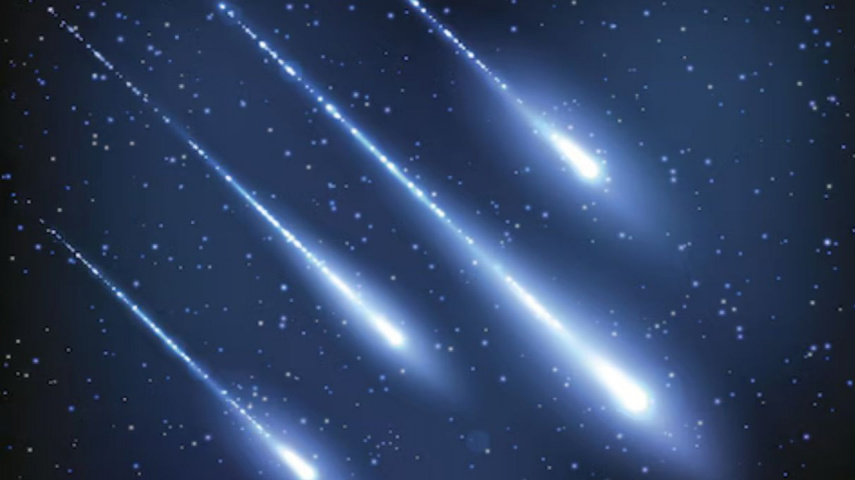Lyrid meteor shower peaks soon; Here's when and where to watch
The Lyrid Meteor Shower is approaching its annual peak, promising an amazing display of shooting stars streaking across the night sky is set to reach its climax overnight from Sunday to Monday.,

-
The Lyrid Meteor Shower reaches its peak overnight from Sunday into Monday
-
For optimal viewing head to rural or suburban areas in Northern Hemisphere away from city lights
Skywatchers mark your calendars! The Lyrid Meteor Shower is preparing to peak overnight Sunday into Monday, as per the Weather Channel. If you want to see this cosmic spectacle, set your alarm for the best viewing times.
Where to look
The Lyrids are best observed from the Northern Hemisphere, so choose a location with a clear view of the night sky. Ideal locations are away from city lights, in the countryside or suburbs, where the sky is dark and clear.
What to expect
Although the Lyrids promise a celestial spectacle, this year's nearly full moon may steal some of the spotlight. The bright moon may make it difficult for viewers to spot meteors. Even under ideal conditions, only a few meteors per hour may be visible to the naked eye.
"For a dedicated observer, it may still be worth spotting members of one of the oldest known meteor showers - the Lyrids have been observed for 2,700 years," according to NASA. To increase your chances of seeing a Lyrid, try blocking out the moon's brightness while keeping some sky visible for meteor sightings. Remember, even one bright meteor can brighten your night!
Other celestial events
If you enjoy watching celestial phenomena, you'll have even more to look forward to this spring. Keep an eye out for April's full moon, also known as the Pink Moon, which will reach its peak illumination on Tuesday at 7:49 PM EDT. According to NASA, it will appear full between Monday and Thursday mornings.
Understanding meteor showers
Meteor showers occur when a large number of meteors, also known as space rocks, enter the Earth's atmosphere and illuminate the night sky within a short period of time. The heated, glowing air surrounding these meteors creates luminous trails as they speed through the atmosphere.
Most meteors disintegrate during their descent, but a few survive and reach the Earth's surface as meteorites. These cosmic events provide a glimpse into the wonders of our universe while also reminding us of the vastness of space.
So gather your blankets, find a comfortable spot under the stars, and prepare to be amazed by the Lyrid Meteor Shower. Even with the moon's brightness, you may notice a few shooting stars streaking across the night sky.





 JOIN OUR WHATSAPP CHANNEL
JOIN OUR WHATSAPP CHANNEL



































































































